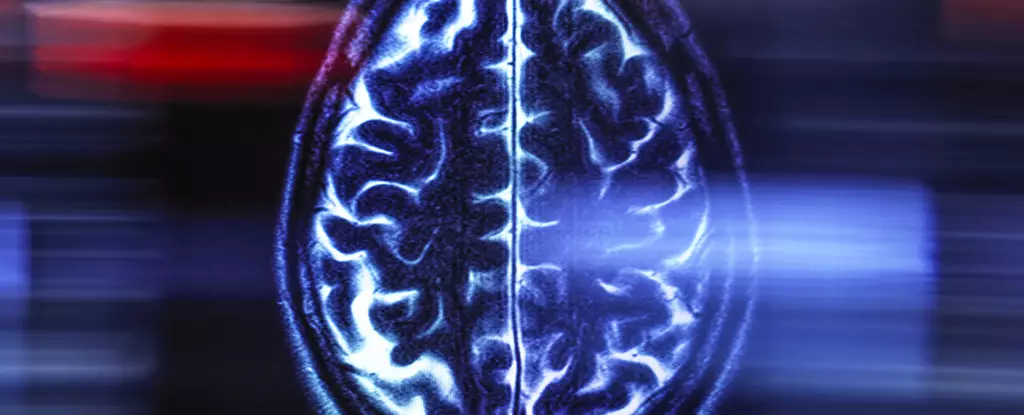Aging has long been viewed as an inevitable march of time marked solely by the calendar. However, recent scientific breakthroughs challenge this simplistic notion, revealing that our biological age can diverge dramatically from our chronological age. This insight holds the potential to transform how we approach health and disease prevention. Traditional markers like appearance, stamina, or even basic health tests offer limited foresight into our longevity and vulnerability to age-related illnesses. Today, scientists are pioneering sophisticated tools that illuminate the true state of our bodies by peering directly into our brains—a strategy that promises a more accurate, holistic understanding of aging and health risks.
The Brain as a Window into Biological Age
The central premise of the new assessment tool, dubbed DunedinPACNI, is grounded in the understanding that the brain’s structural integrity reflects the body’s overall aging process. Developed by an international collaboration of researchers, DunedinPACNI harnesses data from a meticulously studied group born in Dunedin, New Zealand, in the early 1970s. These individuals have been tracked longitudinally, creating a treasure trove of detailed health information that enables scientists to decode the complex interplay between brain changes and overall aging. This dataset provides a robust foundation for identifying specific neural markers that correlate with biological age.
By analyzing 99 critical brain measurements—such as cortical thickness and gray matter volume—DunedinPACNI evaluates how rapidly one’s brain is aging. This model captures the neural signatures linked to cognitive decline and, crucially, predicts risks for serious health conditions including dementia. What makes this innovation remarkable is its efficiency: a single brain scan in midlife can yield insights that previously required extensive, time-consuming testing. This leap forward could enable clinicians to assess health risks proactively, well before symptoms emerge.
Potential to Revolutionize Preventative Healthcare
The implications of this technology extend far beyond academic curiosity. By accurately gauging biological age, healthcare providers gain an invaluable tool for early intervention. When a person’s brain-based age exceeds their chronological age, it signals an accelerated aging process—an early warning system flagging increased risk for chronic illnesses like heart disease, cognitive impairment, and neurodegenerative disorders. Recognizing these risks decades before symptoms manifest opens the door to preemptive strategies—ranging from tailored lifestyle modifications to targeted medical treatments—that could drastically reduce disease burden.
Furthermore, the DunedinPACNI isn’t limited to a narrow demographic. Its efficacy across diverse socioeconomic and ethnic groups suggests broad applicability, countering fears that such advanced diagnostics might be confined to select populations. This inclusivity enhances the potential societal benefits, leveling the playing field for health risk assessment and personalized medicine.
Challenging Old Assumptions and Igniting New Possibilities
While no tool can attain perfect accuracy, DunedinPACNI’s performance rivals, if not surpasses, existing biological age metrics. Its ability to predict future health problems offers a strategic advantage in clinical practice, especially concerning diseases like Alzheimer’s. The prospect of diagnosing neurodegenerative diseases in their earliest stages reshapes the landscape of healthcare—shifting from reactive treatment to proactive prevention.
Innovation also fuels a broader philosophical shift. The idea that our brains, the seat of our cognition and identity, can serve as a barometer for our overall health underscores the significance of brain health in the aging journey. It emphasizes the urgency of maintaining neural integrity through proper nutrition, mental stimulation, and active lifestyles. More than just a diagnostic tool, DunedinPACNI could catalyze cultural change—prioritizing brain health as a cornerstone of longevity.
The development of brain-based biological age assessment signifies a bold step toward a future where aging is no longer an uncontrollable fate but a modifiable process. By unlocking the secrets hidden within our brains, we gain not just predictive power but also agency—empowering individuals and healthcare systems to act decisively in the quest for longer, healthier lives.


Leave a Reply